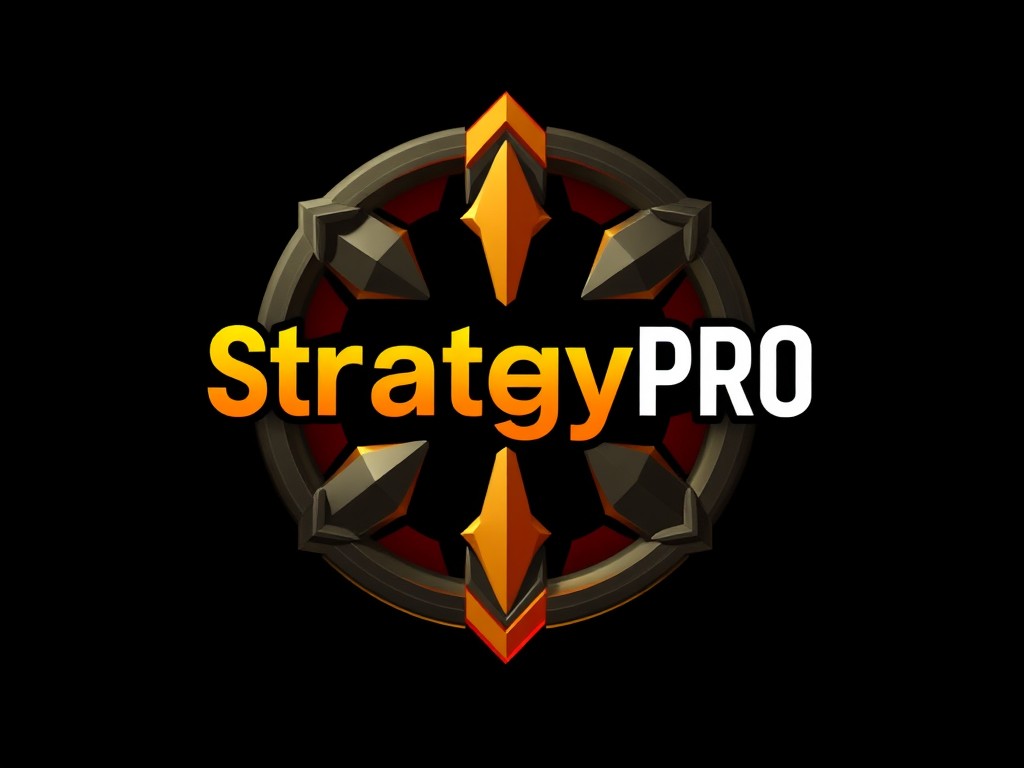Overview of Blockchain Technology
Blockchain technology is a transformative framework that underpins modern digital transactions. Characterized by its unique structure, it functions as a continuous and immutable digital ledger. This robust digital ledger stores information securely across a network of computers, ensuring each transaction’s integrity and authenticity.
At its core, blockchain technology offers two main characteristics: decentralization and transparency. Unlike traditional databases that rely on a central authority, blockchains operate on decentralized systems. This means the control and decision-making processes are distributed across the network, reducing the risk of manipulation or failure at a single point.
In the same genre : Enhancing uk tourist attractions: how augmented reality is revolutionizing visitor experiences
How Blockchain Functions
As a digital ledger, blockchain records transactions in blocks, which are cryptographically linked to one another, forming a chain. This design ensures that once a block is added, it cannot be altered without altering all subsequent blocks, providing an unbreachable security mechanism.
Significance of Decentralization
The decentralized systems of blockchain enhance security and transparency by preventing unauthorized tampering. Every transaction is visible to all participants, building trust among users. Decentralization eliminates intermediaries, reduces costs, and speeds up the transaction process, making it particularly beneficial in various sectors, including finance and supply chain management.
Have you seen this : Unlocking transparency: key approaches for uk food producers to enhance supply chain traceability
Applications of Blockchain in Credential Verification
In the realm of education technology, blockchain’s role is transforming the way academic credentials are verified. Traditional methods often involve laborious paperwork and can be susceptible to fraud. In contrast, blockchain-based verification methods provide a robust solution by securely storing records in a decentralized, tamper-proof manner.
One notable application is in the verification of diplomas and certificates. Unlike conventional systems, blockchain enables institutions to upload and share credentials with employers securely, ensuring authenticity and reducing administrative costs. Credential verification becomes seamless as organizations can instantly access verified records without intermediaries.
The implications for universities are significant. By adopting blockchain, they can streamline processes and allocate resources more effectively. This technology reduces the burden of manual verification, allowing staff to focus on more strategic tasks. Additionally, it enhances transparency, offering students and graduates greater control over their academic records.
As blockchain continues to evolve within education technology, it promises a future where credential verification is efficient, secure, and trustworthy. This shift not only ensures the integrity of academic credentials but also facilitates a more agile and responsive educational ecosystem, benefiting institutions, students, and employers alike.
Case Studies from UK Universities
Delve into how UK universities are leading the way with blockchain technology by examining the practical implementation and exploring real-world examples making waves in academia.
Case Study: University of Edinburgh
The University of Edinburgh is at the forefront, experimenting with blockchain to enhance transparency in degree issuance. They initiated a pilot program to distribute blockchain credentials to a select group of students. This innovative approach ensures authenticity and combats degree fraud, providing seamless verification for both graduates and employers. From this, the university learned the importance of robust security protocols to protect sensitive data, leading to a comprehensive system improvement.
Case Study: University of London
At the University of London, blockchain is being used to revolutionise student identity management. By employing blockchain for secure, decentralised student records, the university enhances data integrity while simplifying access for students. Challenges arose, particularly around integrating with existing systems, but the successes outweigh the initial hurdles as smoother operations emerged, offering a blueprint for other institutions.
Case Study: Other Pioneering Institutions
Other pioneering institutions are analysing early adoption outcomes, identifying key lessons in effective blockchain application. Common insights include overcoming initial technical challenges and adapting systems to newfound efficiencies. Student and employer feedback is overwhelmingly positive, highlighting improved credential trustworthiness and reliability. These pioneering efforts collectively light the path for adopting enhanced educational frameworks globally.
Benefits of Blockchain for Credential Verification
Blockchain technology offers remarkable benefits in the realm of credential verification, particularly in terms of efficiency and security.
The process of verifying credentials is significantly streamlined with blockchain, as it allows for real-time updates and immediate access to information. This enhanced efficiency means that organisations can quickly and accurately verify academic qualifications, thereby reducing administrative overhead.
Security is another paramount advantage of using blockchain for credential verification. The decentralised nature of blockchain ensures that data is tamper-proof and secure from cyber threats. This innate security reduces the risk of fraud and ensures that qualifications are genuine and trustworthy. Fraudulent claims can be easily detected, maintaining the integrity of academic records.
Moreover, utilizing blockchain technology for credential verification improves trust and credibility both among employers and educational institutions. Employers are assured of the authenticity of credentials, while educational institutions can confidently issue and share qualifications.
The combination of increased efficiency and robust security in blockchain technology not only mitigates risks associated with fraudulent claims but also supports the seamless flow of information, ultimately fostering a credible and trustworthy system for all stakeholders involved.
Challenges to Implementing Blockchain Technology
Implementing blockchain technology in educational institutions presents a spectrum of challenges that warrant attention. One major barrier is the technical and infrastructural adjustments required. Universities often operate within complex systems where integrating new technologies like blockchain necessitates extensive overhaul of existing software, networks, and data management strategies. These shifts demand substantial investment, both in terms of financial resources and technical expertise, to ensure seamless transition and operation.
Furthermore, resistance from stakeholders, including educators, administrators, and students, can stall adoption efforts. Skepticism arises from concerns over the reliability, security, and ethical implications of using blockchain for sensitive educational data. Convincing stakeholders of its long-term benefits requires significant advocacy efforts and demonstration of tangible benefits.
Moreover, legal and regulatory considerations add another layer of complexity. Blockchain technology operates in a relatively immature legal landscape which may pose risks regarding data protection and privacy compliance. Aligning with regulatory requirements while deploying blockchain solutions is essential but can be cumbersome.
Thus, while blockchain offers promising solutions, the barriers to adoption—ranging from technical infrastructure and stakeholder resistance to regulatory hurdles—must be strategically managed to facilitate successful implementation and maximize its potential benefits in the educational sector.
Best Practices for Implementing Blockchain Solutions
Adopting blockchain technology for credential verification requires precise planning and execution. The first step is strategic planning, which includes setting clear goals and timelines. This foundation ensures the initiative aligns with organizational objectives and resources.
Stakeholder engagement is vital for successful implementation. Involving relevant parties early on allows for diverse input, fostering collaboration and mitigating resistance. Regular workshops and meetings help maintain transparency and collective buy-in towards the blockchain solutions.
Pilot programs serve as valuable testing grounds before full-scale deployment. These controlled trials allow organizations to evaluate the blockchain’s effectiveness under real-world conditions. Stakeholder feedback gathered during this phase is essential for fine-tuning the system, addressing unexpected challenges, and ensuring the technology meets its intended purpose.
To wrap up the integration process, assessing the pilot program’s outcomes is crucial. Metrics such as efficiency improvements and error reductions offer critical insights into the blockchain’s performance. By iterating based on these insights, organizations can refine their approach, paving the way for a smoother full-scale rollout.
Following these best practices not only enhances the blockchain’s success but ensures it delivers maximum value for credential verification and beyond.
Potential Impacts of Blockchain on Higher Education
Blockchain technology is poised to transform the credentialing landscape within higher education. By creating immutable and secure records, blockchain can ensure the authenticity of educational credentials. This advancement addresses prevalent issues of forgery and misinformation, providing a trustworthy framework for both institutions and potential employers.
Implications for student mobility are significant. As blockchain enables instant verification of credentials, students can seamlessly transfer their academic achievements between different institutions, both nationally and internationally. This fluidity enhances educational opportunities, allowing students to adapt to various educational systems without facing bureaucratic hurdles.
Moreover, the influence on job market competitiveness cannot be overstated. Employers benefit from a dependable, expedited method for validating applicants’ qualifications. This reliable verification ensures that hiring decisions are based on genuine achievements, fostering a more equitable job market where true merit is recognized.
Future trends indicate that emerging technologies will continue to shape credential verification processes. As innovation in blockchain progresses, higher education institutions must adapt to maintain relevance. Integration with other emerging technologies, beyond blockchain, could further revolutionize how educational credentials are managed, shared, and accepted globally. This forward-thinking approach will be crucial for institutions aiming to thrive in the evolving educational landscape.
Future Trends in Credential Verification
In higher education, blockchain innovation is increasingly shaping future trends, promising greater accountability through its secure and transparent ledger system. More institutions predict blockchain evolution will soon replace traditional credential verification, offering a tamper-proof solution. This isn’t just about storing diplomas; blockchain also fosters educational innovation by enabling real-time updates to academic achievements.
Emerging technologies, such as artificial intelligence and machine learning, work alongside blockchain. They enhance the verification process by automating checks and detecting anomalies that might indicate fraudulent credentials. These technologies allow for faster, more reliable verification processes, aligning with the broader future trends within the tech-savvy education sector.
Globally, the adoption of blockchain innovation in education is growing, albeit at varied paces. While some regions actively develop policies to integrate blockchain into their educational systems, others remain cautious, awaiting more clarity on implementation. This mixed response reflects the complexity of global policy development and the need for international cooperation to ensure consistency and security. However, as the understanding of blockchain’s capabilities expands, broader adoption is expected to follow, potentially transforming how academic credentials are verified and recognised worldwide.











